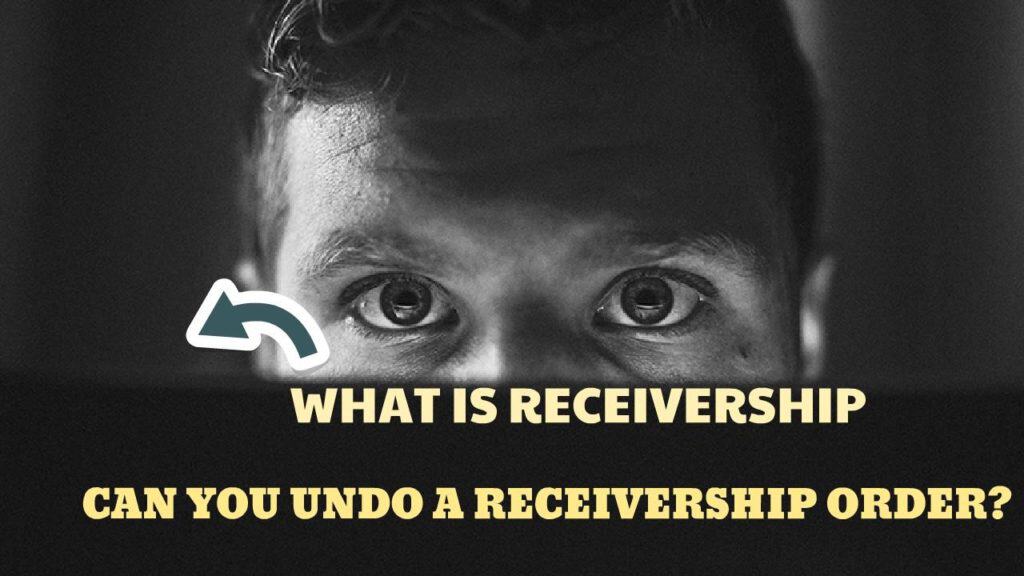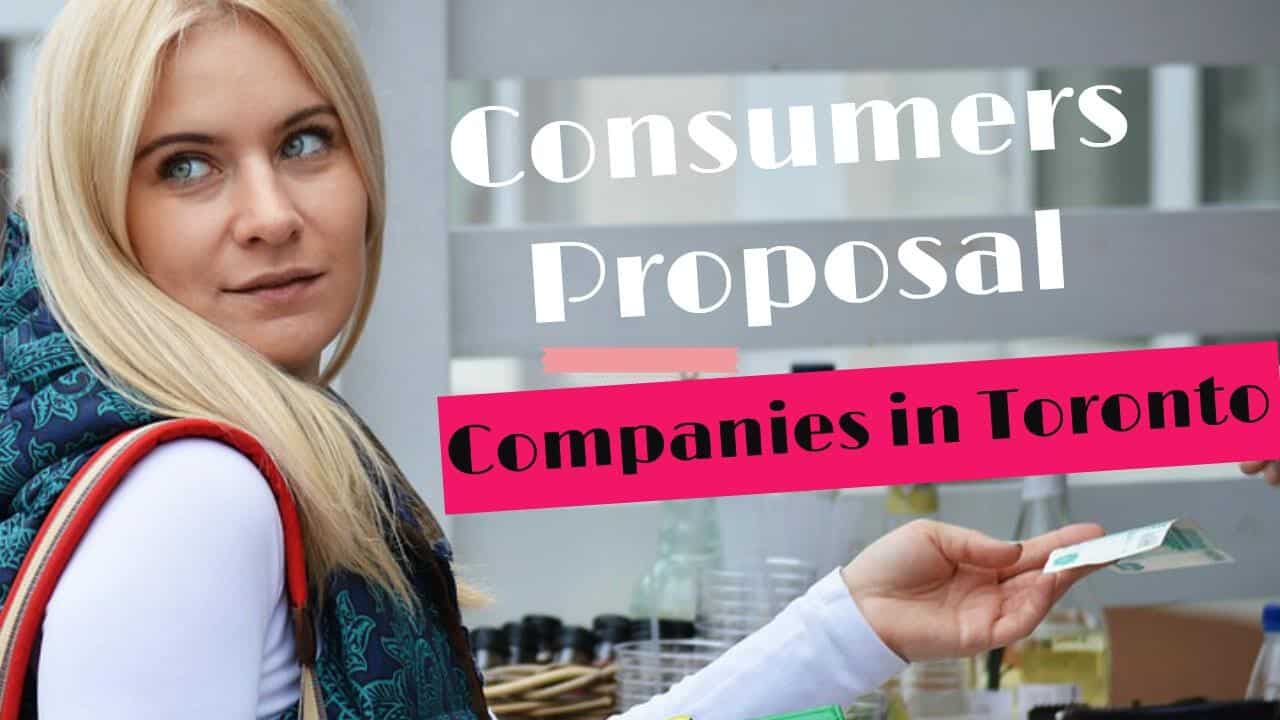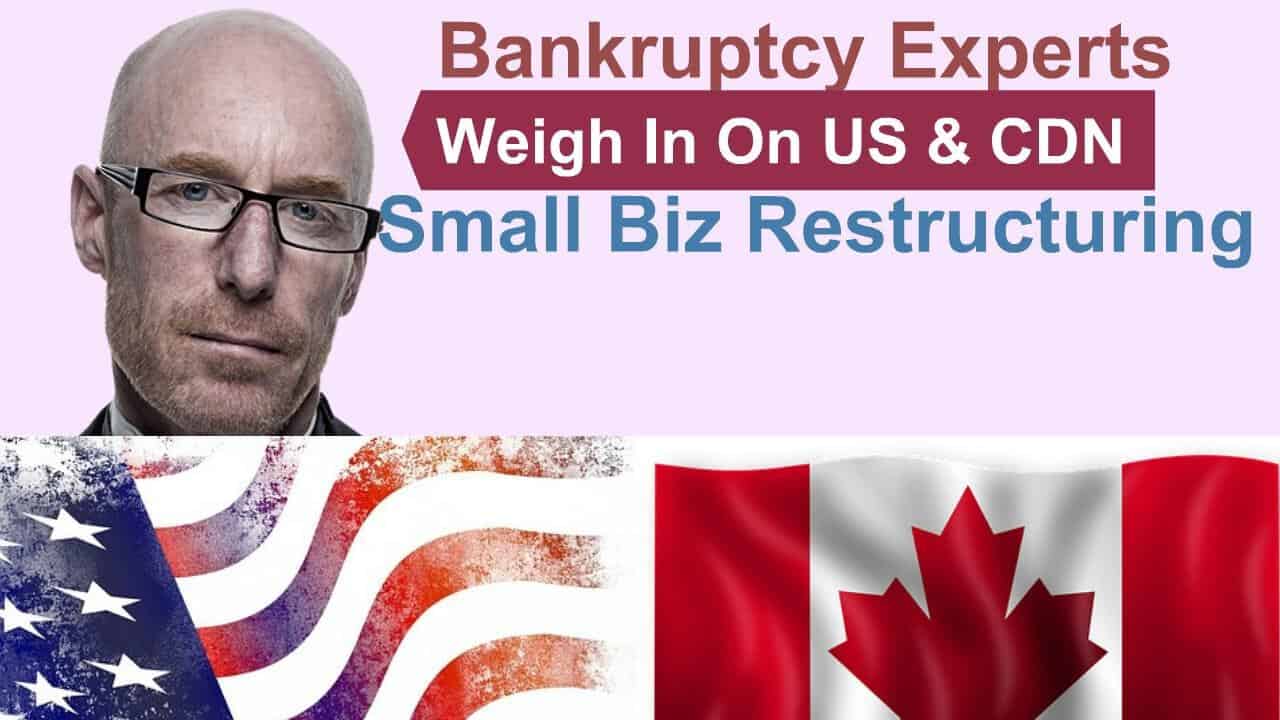If you would prefer to listen to the audio version of this BANKRUPTCY LAW, A SHOE STORE CHAIN AND GOLF: WHAT DO THEY HAVE IN COMMON? Brandon’s Blog, please scroll down to the bottom and click on the podcast.
Introduction
I am writing this Brandon’s Blog more as an interesting story for those that live in the GTA and enjoy golf. Although as you will see, bankruptcy law does play a major role in this tale, it really is a story about what is probably the most famous Canadian golf course.
Bankruptcy and Insolvency Canada
Before getting into the interesting Greater Toronto Area golf course story, by way of background to it, I will first describe the bankruptcy law aspect.
A bankrupt shoe store chain workers lost their jobs when a Receiving Order (as a Bankruptcy Order was then called) was made putting an Ontario shoe store chain, Rizzo & Rizzo Shoes Ltd., into bankruptcy. All salaries, wages, commissions and vacation pay were paid to the date of bankruptcy. The province’s Ministry of Labour audited the company’s payroll books and records.
The Ministry’s audit determined that although the employees were all paid up to date, liability for termination or severance pay was owing to former employees under the Employment Standards Act (ESA). The Ministry delivered a proof of claim to the bankruptcy trustee (now called a Licensed Insolvency Trustee) (Trustee).
The Trustee disallowed the claim under the provisions of the Bankruptcy and Insolvency Act (R.S.C., 1985, c. B-3) (BIA). The Trustee’s disallowance was based on the ground that the bankruptcy of an employer acts to terminate the employment of the workers. This does not constitute termination by an employer. Therefore, no such liability for severance or termination pay exists.
The appeal of the Trustee’s disallowance
The Ministry successfully appealed the Trustee’s disallowance to the Ontario Court (General Division). The Trustee appealed to the Ontario Court of Appeal. The appellate court restored the Trustee’s decision. The Ministry sought leave to appeal to the Supreme Court of Canada but ultimately terminated that application.
After the discontinuance of the appeal, the Trustee paid a dividend to Rizzo’s creditors, therefore leaving much fewer funds in the bankruptcy estate.
After that, five previous staff members of Rizzo applied to set aside the discontinuance, add themselves as applicants to the Supreme Court of Canada leave to appeal. An order was made approving them to continue the appeal.
The Supreme Court of Canada decision
In a 1998 decision, the Supreme Court of Canada ultimately decided that the bankruptcy of an employer does terminate the employment of the workers. However, the Court felt that it was necessary to take a wider view of the ESA. The Court felt that one of the objects of the ESA was to protect the rights of employees when they lost their job. A finding that the severance and termination pay sections of the ESA to not apply in bankruptcy circumstances is incompatible with both the object of the ESA.
The Court went on to find that the legislature does not intend to generate ridiculous results if employees dismissed before the bankruptcy of an employer would generate a completely different result than those employees who lost their job by the bankruptcy of an employer.
Therefore, the Supreme Court of Canada found that employee rights to severance pay or termination pay is a claim provable in bankruptcy even if the dismissal occurred by the bankruptcy of the employer. This claim is an ordinary unsecured claim and does not have any priority.
The broader effect of the Supreme Court of Canada Rizzo & Rizzo decision
The obvious effect of the Rizzo & Rizzo decision is the bankruptcy law decision. However, the decision also stands for the concept that a statue must be looked at in a broader context. The Supreme Court decision in paragraph 21 states that “…statutory interpretation cannot be founded on the wording of the legislation alone”.
It goes on to say that “Today there is only one principle or approach, namely, the words of an Act are to be read in their entire context and in their grammatical and ordinary sense harmoniously with the scheme of the Act, the object of the Act, and the intention of Parliament.”. This codified what can be called a modern approach to the interpretation of legislation.
So what does this have to do with a golf course?
Looking at the title of this Brandon’s Blog, I think I have now covered off the first two parts, namely, bankruptcy law and shoe store. Now for golf! On October 23, 2019, the Court of Appeal for Ontario released its decision in Oakville (Town) v. Clublink Corporation ULC, 2019 ONCA 826.
All golfers in the GTA know that Clublink owns and operates a chain of golf clubs in Ontario and Quebec, as well as Florida. The most famous and iconic golf course in the Clublink family and all of Canada is Glen Abbey in Oakville, ON. Clublink purchased this golf course in 1999.
Glen Abbey was the initial golf course solely created by Jack Nicklaus, one of the greatest professional golfers of all-time. The style of the course shows a specific focus on the viewer experience. Along with this value, the Town of Oakville believes Glen Abbey has substantial historical value. Glen Abbey has held the Canadian Open 30 times – 3 times greater than any other course in Canada. It, therefore, is connected with some of the most memorable events in Canadian golf history.
The 18th hole is significant as a result of its connection to Tiger Woods. In the final round of the 2000 Canadian Open, he hit a six-iron shot 218 yards from a bunker on the right side of the fairway to about 18 feet from the hole. The shot had to fly over a huge pond protecting the green.
On October 22, 2015, Clublink told the Town that they plan to redevelop Glen Abbey into a residential and mixed-use neighbourhood. Clublink proposed to develop 3,000 to 3,200 residences and 140,000 to 170,000 square feet of office and retail space. If Clublink’s plan to build succeeds, the word “four” will no longer be yelled out on the property!
The Court case
In November 2016, Clublink submitted applications to change the Town’s Official Plan and zoning by-laws and looked for authorization of a plan of subdivision, in connection with its redevelopment plan of Glen Abbey. In 2017, the Town recognized Glen Abbey as a considerable cultural heritage property under s. 29 of the Ontario Heritage Act (OHA). This notification stated the property’s cultural heritage value according to the provincial requirements of the OHA.
Clublink did not object to the heritage designation. Rather, they made an application to the Town under section 34 of the OHA to demolish and remove Glen Abbey. The Town alerted Clublink that their s. 34 application was legally beyond the range of a section 34 OHA application but was correctly within the range of s. 33 of the OHA which permits an owner to relate to altering a designated property.
Clublink commenced its very own application in the Superior Court for an affirmation that they could make an application under s. 34 of the OHA “for the demolition and removal of buildings and structures on the lands municipally known as 1313 and 1333 Dorval Drive … including but not limited to the tees, greens, hazards, fairways and cart paths”. Clublink was successful in its application and the Town of Oakville appealed the decision to the Ontario Court of Appeal.
What is the difference?
A study of the OHA is not why I am writing this Brandon’s Blog. The important point to know is that under s. 33 of the OHA, the owner may appeal to the Conservation Review Board. The Conservation Review Board holds a hearing and produces a report, in which it is to recommend whether the application must or ought to not be authorized. The Conservation Review Board’s report is not binding on the metropolitan council.
Unlike s. 33, if the metropolitan council rejects the owner’s application under s. 34, the owner of the property can appeal to the Local Planning Appeal Tribunal (LPAT). The local council is bound by the LPAT decision.
So as you can see, Clublink needs the Court ruling to stand that its s. 34 application is the correct one.
Is a golf course a structure?
In order to be successful, Clublink needs to prove that a golf course is a structure. The application judge found that Glen Abbey is both composed of structures as well as the golf course itself is a structure for the objective of s. 34 of the OHA. Clublink had actually correctly mounted its application under s. 34.
The application judge reached this decision because of the uncontroverted evidence before him was that Glen Abbey was the product of substantial engineering, design and construction. Relying on judicial and also administrative decisions from other contexts, he decided up that a golf course fits within the meaning of a “structure” as being a “thing constructed”.
After a very lengthy analysis, the Ontario Court of Appeal, with one Judge dissenting, confirmed the lower court’s decision.
So what does this have to do with Canadian bankruptcies laws?
The majority decision relied upon the Rizzo & Rizzo case. The Ontario Court of Appeal followed the confirmation in the bankruptcy law case by the Supreme Court of Canada that a strict dictionary or common usage interpretation of the word “structure” was inappropriate. A “…statutory interpretation cannot be founded on the wording of the legislation alone”.
Rather, a wider modern law approach must be used. The “…words of an Act are to be read in their entire context and in their grammatical and ordinary sense harmoniously with the scheme of the Act, the object of the Act, and the intention…”. Therefore, finding that a golf course has detailed engineering, design and construction, it is a structure and Clublink was correct.
This is how bankruptcy law ties into a bankrupt Ontario shoe store chain and a golf course. It took a bit of a journey to piece it all together, but I am so glad that you stuck with me.
Summary
As you can see, not everything necessarily is how it appears at first blush. When I look out onto a golf course, I would never say, “what a marvellous structure”, but it is.
In the same way, financial decisions that we make along the way do not always turn out as we once thought it would be. Sometimes these decisions are forced upon us by life getting in the way, and sometimes they are voluntary. Nevertheless, when financial hardships strike, you need to find a way to solve your financial problems.
Do you have way too much debt? Before you reach the phase where you can’t stay afloat and where financial restructuring is no longer a viable alternative, contact the Ira Smith Team. We know full well the discomfort and tension excessive debt can create. We can help you to eliminate that pain and address your financial issues supplying timely, realistic and easy to implement action steps in finding the optimal strategy created just for you.
Call Ira Smith Trustee & Receiver Inc. today. Make a free appointment to visit with one of the Ira Smith Team for a totally free, no-obligation assessment. You can be on your path to a carefree life Starting Over, Starting Now. Give us a call today so that we can help you return to an anxiety-free and pain-free life, Starting Over, Starting Now.
[monkeytools msnip=”https://monkeyplayr.com/playr.php?u=5173&p=21686″]














